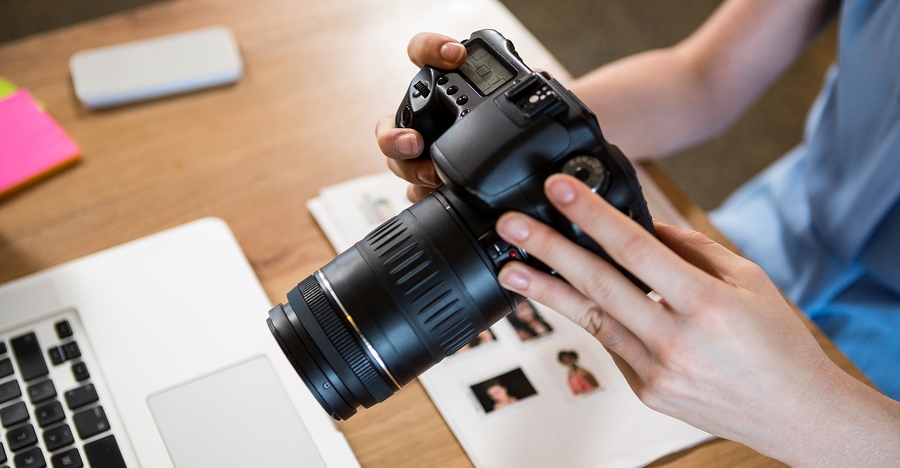Buying a used camera is a wise and ecological choice but you need to be aware of certain things before you rush into making the decision.
Be nice to the person you are buying from – if you are friendly they will more likely talk to you about the specific details of the camera and what kind of photography it’s mostly been used for.
It’s good to listen to the stories behind the camera. You can usually tell by the way the actual owner speaks how well he or she has taken care of it. Ask questions about what they used it for, whether lenses were swapped around on the body frequently, outdoor use (especially adverse weather use – hot/cold/rain/snow) etc.
Has The Previous owner Been Taking Care?
- Usage: You need to consider the previous owner’s usage of the camera. It’s definitely not the same thing to evaluate a camera that was used for press work, and one that was used for family portraits.Usually, when somebody tells you that they are selling because they wanted to upgrade, it’s a good sign that they have used the camera carefully, and did not push the equipment beyond its limits. Therefore, often they simply want to just upgrade to higher-performance gear.
- Clicks: I don’t know exactly how the inner camera counter works, but cameras keep a record of the number of clicks or pictures it’s taken during its lifespan. Use this brilliant tool to check: https://www.camerashuttercount.com/
- Reputation: This refers to the reputation of the online seller.
The Physical Condition Of the Camera is Fundamental!
- Connections: You need to check every connection on the camera. Micro HDMI, microphone jack, memory card reader, battery contacts, etc.
- Mount: The bayonet of any lens should match smoothly with the camera body. If it feels grainy, scratchy, or even bumpy, it’s definitely not a good sign.
- Hot shoe: This is the connection place for flashes on top of the camera body and cables with the same electric connection.
- Screen: In new, modern cameras, look for the condition of the LCD screen, and even more so when the screens are movable (i.e., they can be twisted sideways or up and down).
- Image Sensor: Dust on the image sensor is a terrifying thing to have, and you should verify right away if the camera you’re about to purchase has dust on its sensor.
You can do this easily by setting the camera to AP, then setting the metering mode to Evaluative Metering. Then set the ISO to 100 and be sure that auto ISO is off. Set the aperture to the fastest available (f/1.4) and shoot at a clear sky. Preview the image in a computer and scout for spots. If the sensor has fungus or scratches, just turn around and go home.An Extra Tip For You
Go after refurbished gear: A refurbished camera is not just a camera that had a little malfunction when it was brand-new; they are repaired by the manufacturer that made them, and then resold.
If you’re not sure whether you should consider a used camera or a refurbished one, take a look at this video we found!
GO TO THE NEXT PAGE FOR THE VIDEO
Read the full article on buying a used camera over at Light Stalking.
Source: Light Stalking

